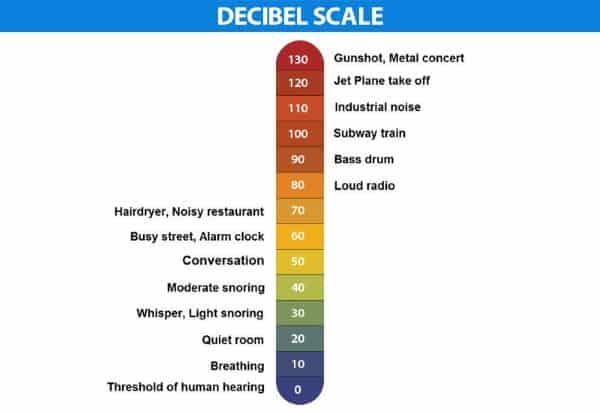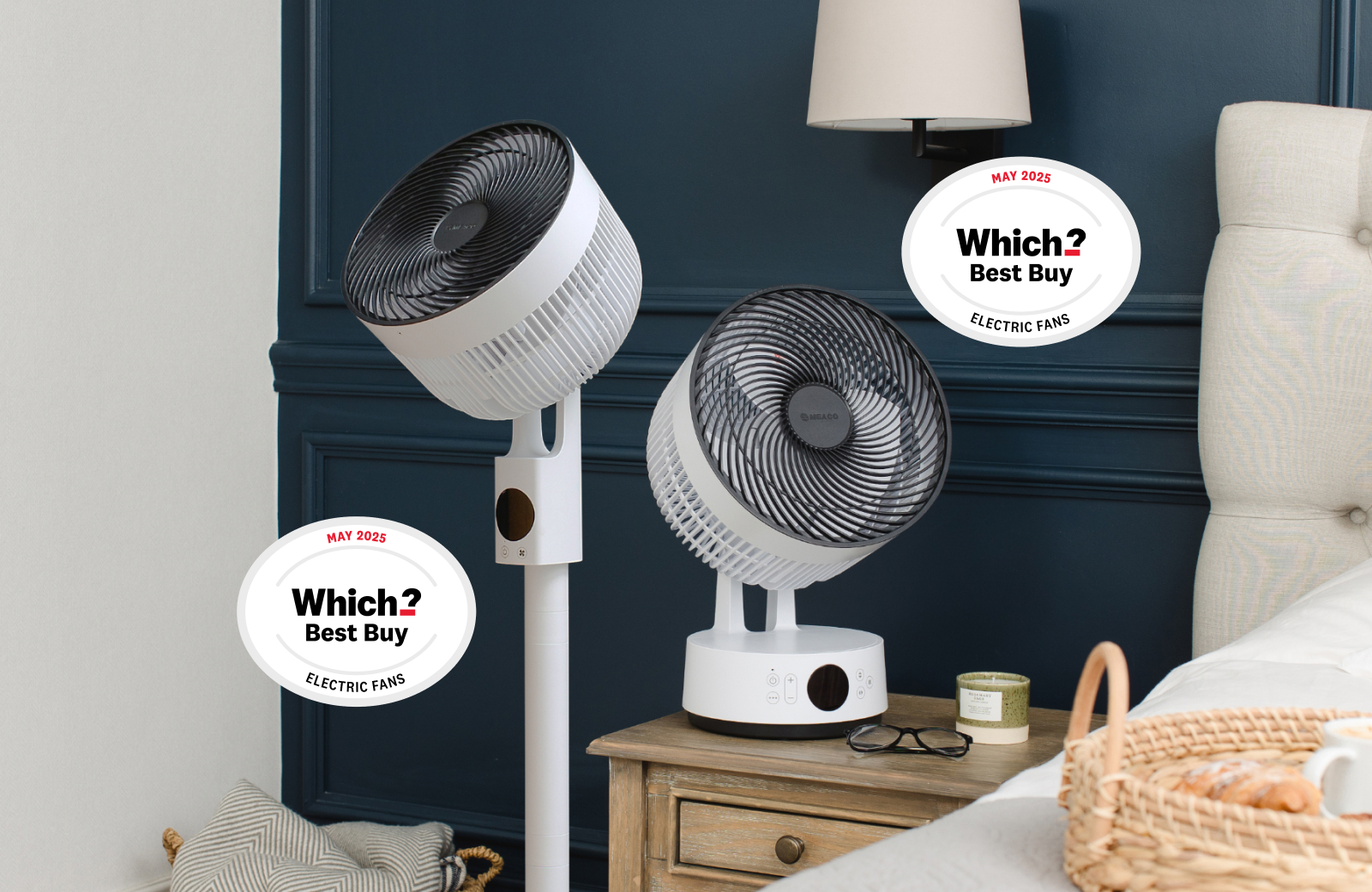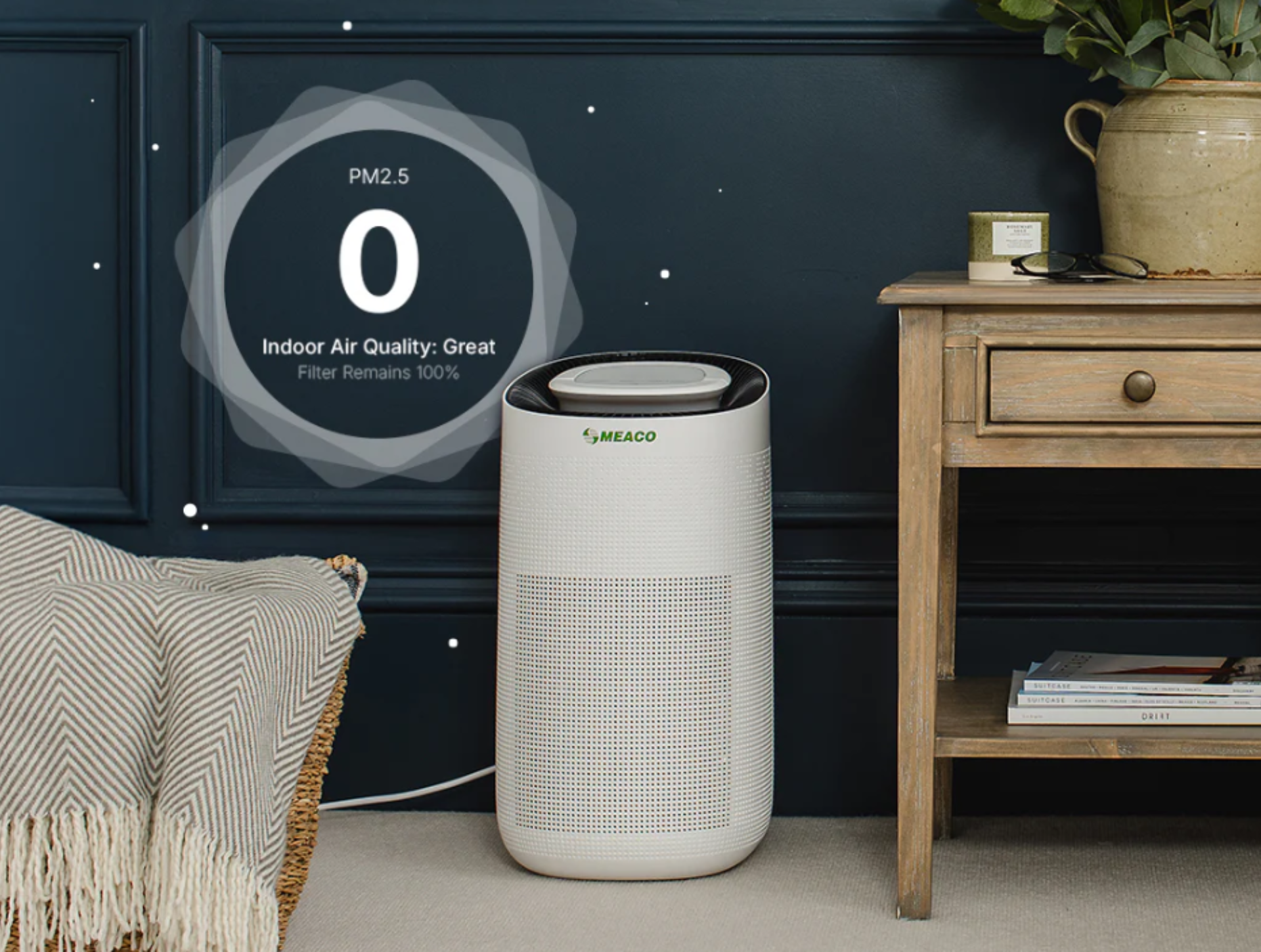Noise is emotive, loud aeroplanes flying over your house are annoying (unless you are a Royal and it is the Red Arrows over Buckingham Palace!) children playing in a garden might be lovely to some, a nuisance to others. Loud music at a party, fun for those at the party, not so good for those living next door who were not invited!
In everything we do, sound plays a vital role. Domestic appliances are no exception from your washing machine to your fridge, the amount and type of noise that they make affects our day-to-day lives as no-one likes to live with a noisy dishwasher or a tumble dryer that drowns out conversation, the sounds around us impact our daily lives.
So when it comes to choosing a new product, the noise level of an appliance will make a big difference to how we enjoy (or don’t enjoy) that product. Noise is often the first indication we get that an appliance is at fault when its noise level or tone changes. We are sensitive to noise, either when it gets too loud or changes.
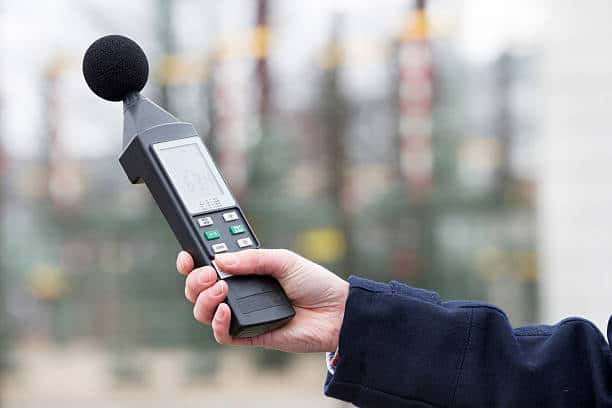
We can’t deny that decibels are confusing to understand and it might even seem complicated to try and figure out. However, they are very important to consider when buying a new product.
As our ears are particularly sensitive to a wide range of sounds, the decibel rating is something we should always look out for when purchasing electronic appliances.
What is a decibel?
A decibel (dB) is a unit that measures how loud a sound is. (Definition from Oxford Learner’s Dictionaries)
It measures the sound intensity level by comparing it with a given level on a logarithmic scale – a logarithmic scale is one where 0dB is silence, a sound 10times more powerful is 10dB, a sound 100 times more powerful is 20dB, a sound 1000 more powerful is 30dB, and so on.
The hearing threshold for humans is around 0 decibels.
A-weighted decibels
When reading decibel measurements online, you’ll often notice it’s written as dB (A) – like on our website – an abbreviation for A-weighted decibels.
A-weighted decibels are adjusted measurements of the loudness of sounds as perceived by the human ear. At low frequencies the human ear is less sensitive than at high frequencies. Every time a sound increases by 6dB, it’s a doubling in noise as perceived by the human ear.
For example, if you compare two Meaco products – the MeacoDry Arete One 10L (35dB) with the decibel level of the MeacoDry Arete One 20L (40dB). The difference in noise levels is just 5dB between the smaller and larger units, but the larger Arete would be perceived to be almost twice as loud.
If we were to compare two 20L models for a more like for like comparison the Arete 20L and the 20L Low Energyhave noise levels of 40 and 46dB(A). So the Arete model makes half as much noise as the 20L Low Energy dehumidifier.
Using the HEPA filter on either model will increase these figures slightly because you are increasing the air pressure when the incoming air passes over the filters.
It’s not just the noise level, but the quality of the noise
Looking at the graph above reminds one of the quality of sound because it would seem that we are saying that the Arete One 20L has a noise similar to that of moderate snoring! But our aim will always be to ensure that the noise an appliance makes is never annoying! This is very important.
For example a problem we faced in the very early stages of our MeacoDry ABCs was that although its decibel reading was very quiet – 36dB – a small minority of customers felt that the noise was too high pitched and they found this to be irritating. So when we test our products, we don’t just work on the decibel levels, but also on the pitch to ensure maximum comfort for customers. We spent a lot of time investigating this high pitch and changed the harmonics of the dehumidifier to ensure that the sound became softer to the ear and more pleasant to listen to. Since the change the complaints have ceased.
Not all decibel levels are the same!
When testing dehumidifiers, we keep them in a sealed chamber and use calibrated microphones at 1m on all four sides, an example of the setup can be seen in the photo of arete in the chamber. The professional microphones are measuring the sound power level, with which we record the average decibel figure of the four readings across numerous samples.
When a domestic sound meter is used to test the machines, the readings measure the pressure waves across the measuring head, giving a sound pressure reading, but they will never provide the same reading as in a laboratory because of other background noises, air pressure fluctuations and other complicated factors.
Using an app on your mobile phone will provide an even more inaccurate result. An app will use an electronic magnetic force signal which it bounces off the appliance and a mathematical formula is used for the difference in signal when it is received back at the phone. It doesn’t take into account other influences such as the phone cover, whether there is a screen protector or headphones connected to the phone.
The difference between the two is that we are measuring two different parameters that are not comparable. In the laboratory the sound power levels are being measured, whereas at home the sound pressure levels will be measured, two different parameters that cannot be compared.
How to measure a decibel?
Although there are many apps or computer softwares that claim to measure decibels or sound levels, it’s important to note that these are never completely accurate and can sometimes be affected by noises around the device you’re trying to measure.
The way to measure sound in a way that’s the closest (in terms of accuracy) to a professional reading, is by using a professional decibel/sound level metre.
A MeacoDry Arete One being tested for noise levels in a professional studio.
Please note: It is impossible to recreate what we have in the photo with a phone application. Sound meters are extremely sensitive at 90dB because they are designed to warn you when things are too loud and could harm your hearing. They are not designed to measure accurately levels at the low end of the scale.and they aren’t designed for quiet noises and any noise around the testing area at home would interfere with any reading, so it will never be the same as in a professional studio.
The decibel reading for all our products is taken from the average of four sound meters, using specialised equipment. As you can see, it is a complicated process which is why we recommend not quoting figures and to look at general statements about the machine’s noise level.
How many decibels are the MeacoFans?
We understand the importance of having a super-quiet fan to cool you down over the summer and we know that lots of our customers are using the fans in their bedroom to help them sleep. That’s why our fans are as quiet as they can be. Whether you’re working from home, sleeping or simply when you’re watching TV, we want to make sure you stay refreshed and undisturbed no matter what you are doing. All of our fans are around 20 – 30dB in the low fan speeds. My keyboard is making more noise than that as I type this article!
That’s why nearly all our fans have been awarded the Quiet Mark Award for their whisper quiet performance.
Fan | Decibel level (depending on fan speed) |
20 to 60dB(A) | |
20 to 60dB(A) | |
20 to 50dB(A) | |
15 to 50dB(A) | |
<20dB(A) |
When you compare our MeacoFans to other fans on the market, the sound intensity is considerably lower. For a similar cooling experience, other fans generate a lot more noise and often cost more to use per hour than our fans. That’s why we always encourage our customers to look carefully at the technical data when buying electronic devices, to ensure it meets the criteria you are looking for.
If you have any product specific questions, please do not hesitate to contact us on 01483 234900 or use our Live Chat service. Alternatively email us at customerservice@meaco.com.

